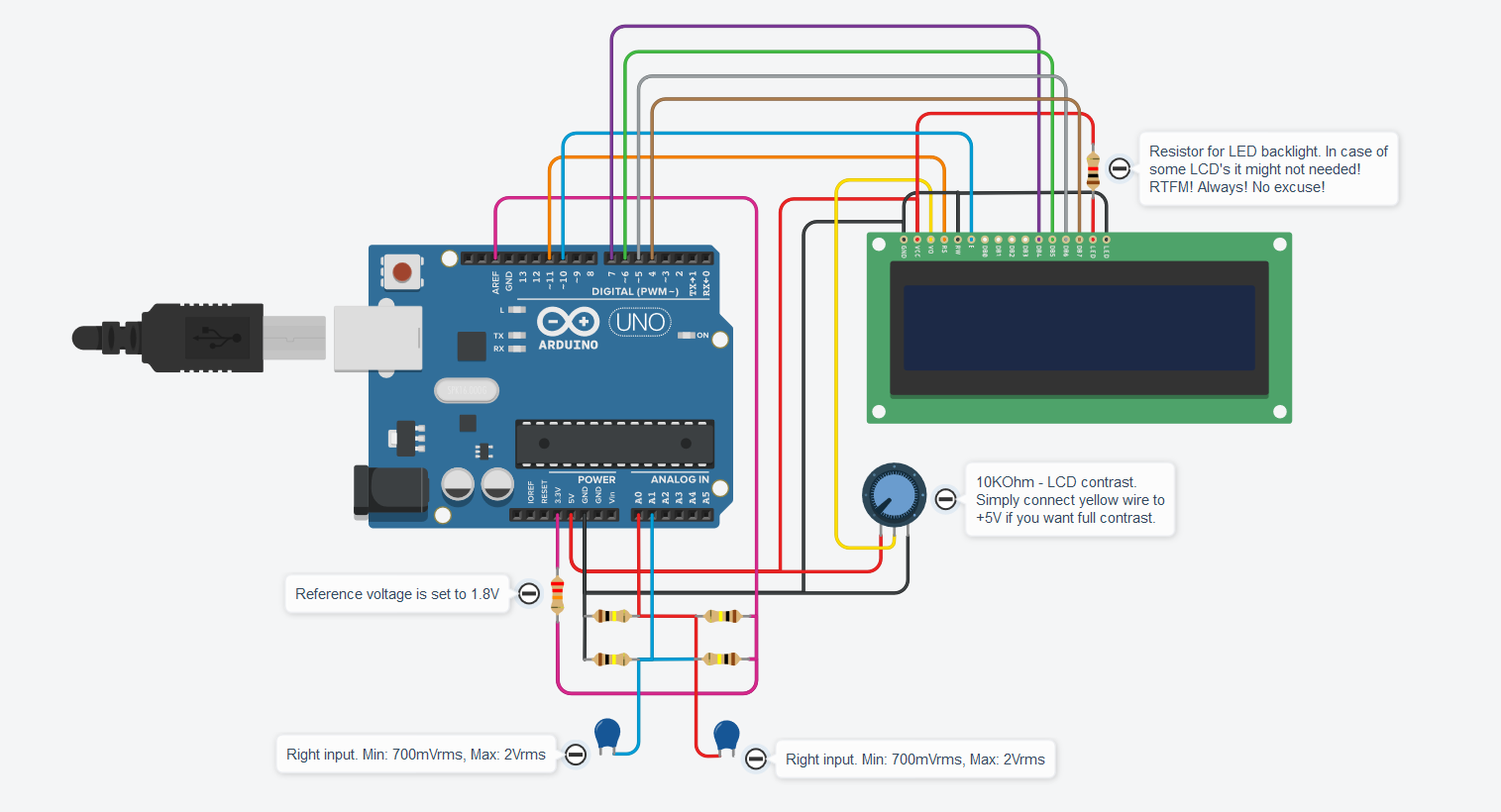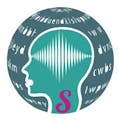/*
Copyright (c) 2019 Shajeeb TM
Permission is hereby granted, free of charge, to any person obtaining a copy
of this software and associated documentation files (the "Software"), to deal
in the Software without restriction, including without limitation the rights
to use, copy, modify, merge, publish, distribute, sublicense, and/or sell
copies of the Software, and to permit persons to whom the Software is
furnished to do so, subject to the following conditions:
The above copyright notice and this permission notice shall be included in all
copies or substantial portions of the Software.
THE SOFTWARE IS PROVIDED "AS IS", WITHOUT WARRANTY OF ANY KIND, EXPRESS OR
IMPLIED, INCLUDING BUT NOT LIMITED TO THE WARRANTIES OF MERCHANTABILITY,
FITNESS FOR A PARTICULAR PURPOSE AND NONINFRINGEMENT. IN NO EVENT SHALL THE
AUTHORS OR COPYRIGHT HOLDERS BE LIABLE FOR ANY CLAIM, DAMAGES OR OTHER
LIABILITY, WHETHER IN AN ACTION OF CONTRACT, TORT OR OTHERWISE, ARISING FROM,
OUT OF OR IN CONNECTION WITH THE SOFTWARE OR THE USE OR OTHER DEALINGS IN THE
SOFTWARE.
*/
/*
Changed by ThomAce
*/
#include <arduinoFFT.h>
#include <LiquidCrystal.h>
#define SAMPLES 64 //Must be a power of 2
#define xres 16 // Total number of columns in the display, must be <= SAMPLES/2
#define yres 8 // Total number of rows in the display
LiquidCrystal lcd(11, 10, 7, 6, 5, 4); // pins to LCD
//LCD Bars.
byte v1[] = {
B00000, B00000, B00000, B00000, B00000, B00000, B00000, B11111
};
byte v2[] = {
B00000, B00000, B00000, B00000, B00000, B00000, B00000, B11111
};
byte v3[] = {
B00000, B00000, B00000, B00000, B00000, B11111, B11111, B11111
};
byte v4[] = {
B00000, B00000, B00000, B00000, B11111, B11111, B11111, B11111
};
byte v5[] = {
B00000, B00000, B00000, B11111, B11111, B11111, B11111, B11111
};
byte v6[] = {
B00000, B00000, B11111, B11111, B11111, B11111, B11111, B11111
};
byte v7[] = {
B00000, B11111, B11111, B11111, B11111, B11111, B11111, B11111
};
byte v8[] = {
B11111, B11111, B11111, B11111, B11111, B11111, B11111, B11111
};
byte v9[] = {
B00000, B00000, B00000, B00000, B00000, B00000, B00000, B00000
};
int MY_ARRAY[]={0, 1, 2, 3, 4, 5, 6, 7, 8};
double vReal[SAMPLES];
double vImag[SAMPLES];
char data_avgs[xres];
double vRReal[SAMPLES];
double vRImag[SAMPLES];
char Rdata_avgs[xres];
int yvalue;
int displaycolumn , displayvalue;
int peaks[xres];
int Rpeaks[xres];
int steps = (SAMPLES / 2) / xres;
unsigned long lastDebounceTime = 0; // the last time the output pin was toggled
unsigned long debounceDelay = 50; // the debounce time; increase if the output flickers
arduinoFFT FFT = arduinoFFT(); // FFT object
void setup()
{
ADCSRA = 0b11100101; // set ADC to free running mode and set pre-scalar to 32 (0xe5)
ADMUX = 0b00000000; // use pin A0 and external voltage reference
lcd.createChar(1, v1);
lcd.createChar(2, v2);
lcd.createChar(3, v3);
lcd.createChar(4, v4);
lcd.createChar(5, v5);
lcd.createChar(6, v6);
lcd.createChar(7, v7);
lcd.createChar(8, v8);
lcd.createChar(9, v9);
lcd.begin(xres, 2);
lcd.clear();
String loading = "LOADING.. [0%]";
int percentage = 0;
for (int i = 0; i < xres; i++){
lcd.setCursor(0, 0);
percentage = (int) ((i / (float)xres) * 100);
if (i < (xres / 3) && percentage % 2 == 0)
{
loading = "LOADING. [" + String(percentage) + "%]";
lcd.print(loading);
}
else if (i < ((xres / 3) * 2) && percentage % 2 == 0)
{
loading = "LOADING..[" + String(percentage) + "%]";
lcd.print(loading);
}
else if (percentage % 2 == 0)
{
loading = "LOADING...[" + String(percentage) + "%]";
lcd.print(loading);
}
for (int load = 0; load <= i; load++)
{
lcd.setCursor(load, 1);
lcd.write(8);
}
delay(50);
}
lcd.setCursor(0, 0);
loading = "LOADING...[100%]";
lcd.print(loading);
delay(500); // wait to get reference voltage stabilized and show the progress a bit longer time :)
lcd.clear();
}
void Sampling(byte ADCBit, bool Right)
{
ADMUX = ADCBit;//0b00000000;
int value = 0;
// ++ Sampling
for(int i = 0; i < SAMPLES; i++)
{
while(!(ADCSRA & 0x10)); // wait for ADC to complete current conversion ie ADIF bit set
ADCSRA = 0b11110101 ; // clear ADIF bit so that ADC can do next operation (0xf5)
value = ADC - 128; //- 256;// - 512 ; // Read from ADC and subtract DC offset caused value
if (Right)
{
vRReal[i]= value / 8; // Copy to bins after compressing
vRImag[i] = 0;
}
else
{
vReal[i]= value / 8; // Copy to bins after compressing
vImag[i] = 0;
}
}
// -- Sampling
}
void loop() {
Sampling(0b00000001, false); //Left channel on pin 0
Sampling(0b00000000, true); //Right channel on pin 0
// ++ FFT
FFT.Windowing(vReal, SAMPLES, FFT_WIN_TYP_HAMMING, FFT_FORWARD);
FFT.Compute(vReal, vImag, SAMPLES, FFT_FORWARD);
FFT.ComplexToMagnitude(vReal, vImag, SAMPLES);
// -- FFT
// ++ FFT
FFT.Windowing(vRReal, SAMPLES, FFT_WIN_TYP_HAMMING, FFT_FORWARD);
FFT.Compute(vRReal, vRImag, SAMPLES, FFT_FORWARD);
FFT.ComplexToMagnitude(vRReal, vRImag, SAMPLES);
// -- FFT
// ++ re-arrange FFT result to match with no. of columns on display ( xres )
Display(0, ReArrange(steps, data_avgs, vReal), peaks);
Display(1, ReArrange(steps, Rdata_avgs, vRReal), Rpeaks);
}
char * ReArrange(int steps, char * dataAvgs, double * realValues)
{
int c = 0;
for(int i = 0; i < (SAMPLES / 2); i += steps)
{
dataAvgs[c] = 0;
for (int k = 0 ; k < steps ; k++)
{
dataAvgs[c] = dataAvgs[c] + realValues[i + k];
}
dataAvgs[c] = dataAvgs[c] / steps;
c++;
}
return dataAvgs;
}
void Display(int line, char * data_avgs, int * data_peaks)
{
displaycolumn = 0;
displayvalue = 0;
yvalue = 0;
// ++ send to display according measured value
for(int i = 0; i < xres; i++)
{
data_avgs[i] = constrain(data_avgs[i], 0, 80); // set max & min values for buckets
data_avgs[i] = map(data_avgs[i], 0, 80, 0, yres); // remap averaged values to yres
yvalue = data_avgs[i];
data_peaks[i] = data_peaks[i] - 1; // decay by one light
if (yvalue > data_peaks[i])
data_peaks[i] = yvalue ;
yvalue = data_peaks[i];
lcd.setCursor(displaycolumn, line);
if (MY_ARRAY[yvalue] == 0)
lcd.write(" ");
else
lcd.write(MY_ARRAY[yvalue]);
displaycolumn++;
}
}

















Comments